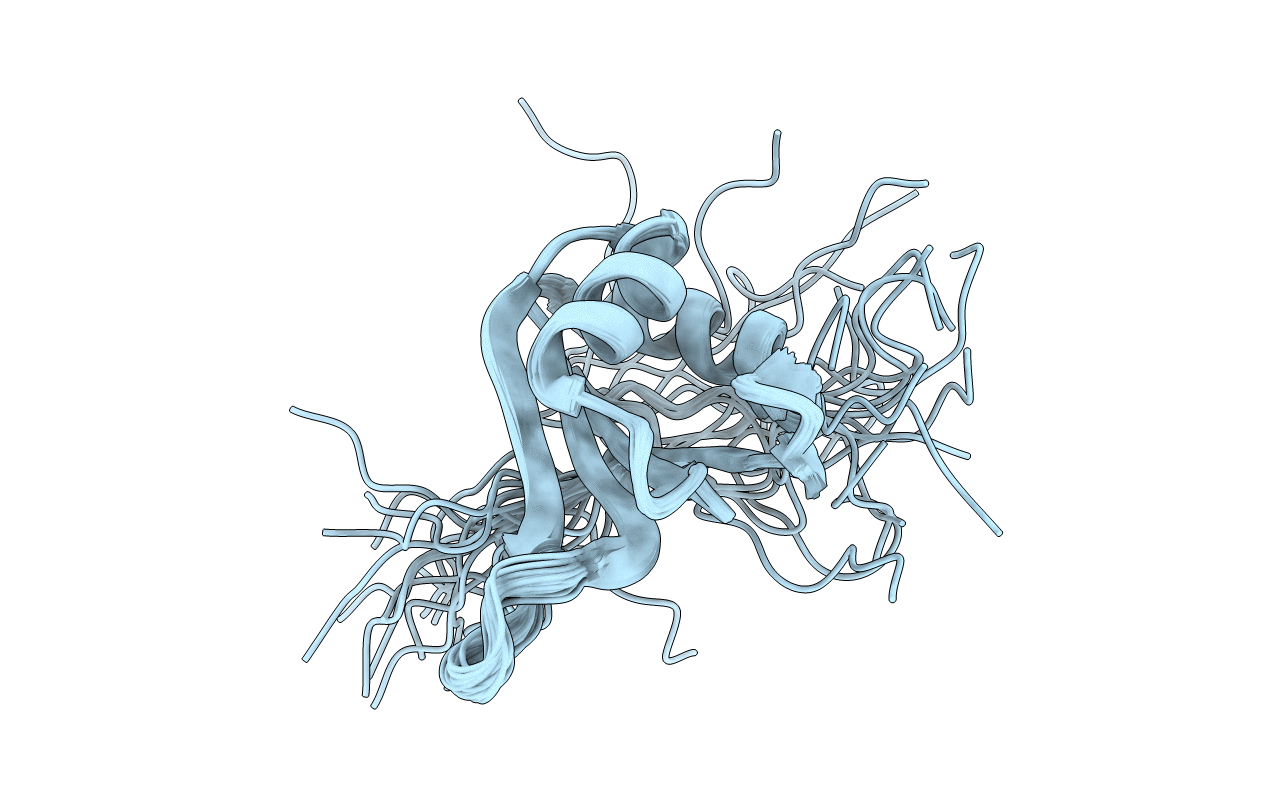
Deposition Date
2010-06-17
Release Date
2011-04-27
Last Version Date
2024-05-01
Entry Detail
PDB ID:
2RRB
Keywords:
Title:
Refinement of RNA binding domain in human Tra2 beta protein
Biological Source:
Source Organism:
Homo sapiens (Taxon ID: 9606)
Host Organism:
Method Details:
Experimental Method:
Conformers Calculated:
200
Conformers Submitted:
20
Selection Criteria:
structures with the least restraint violations


